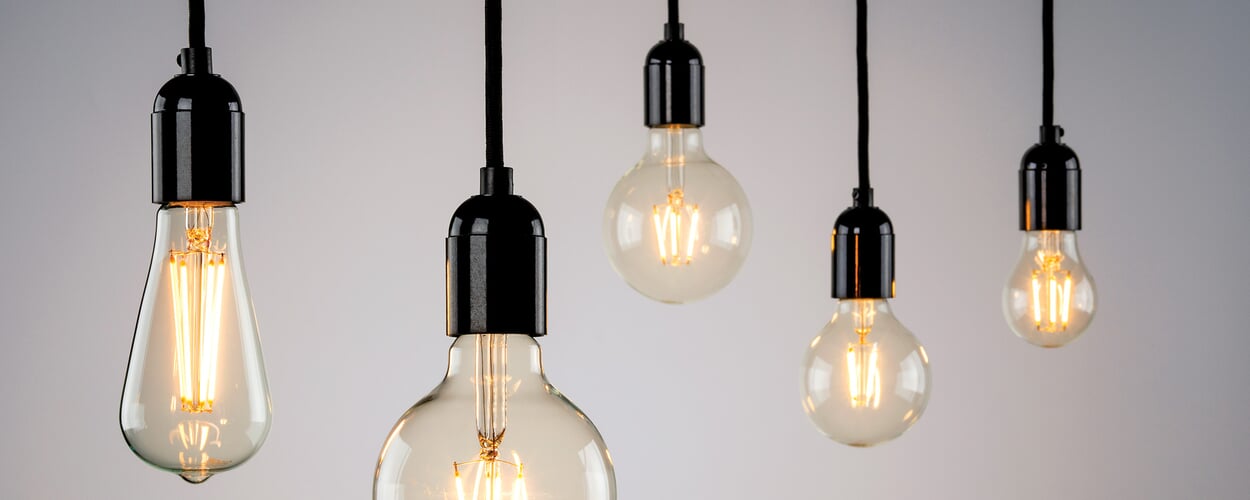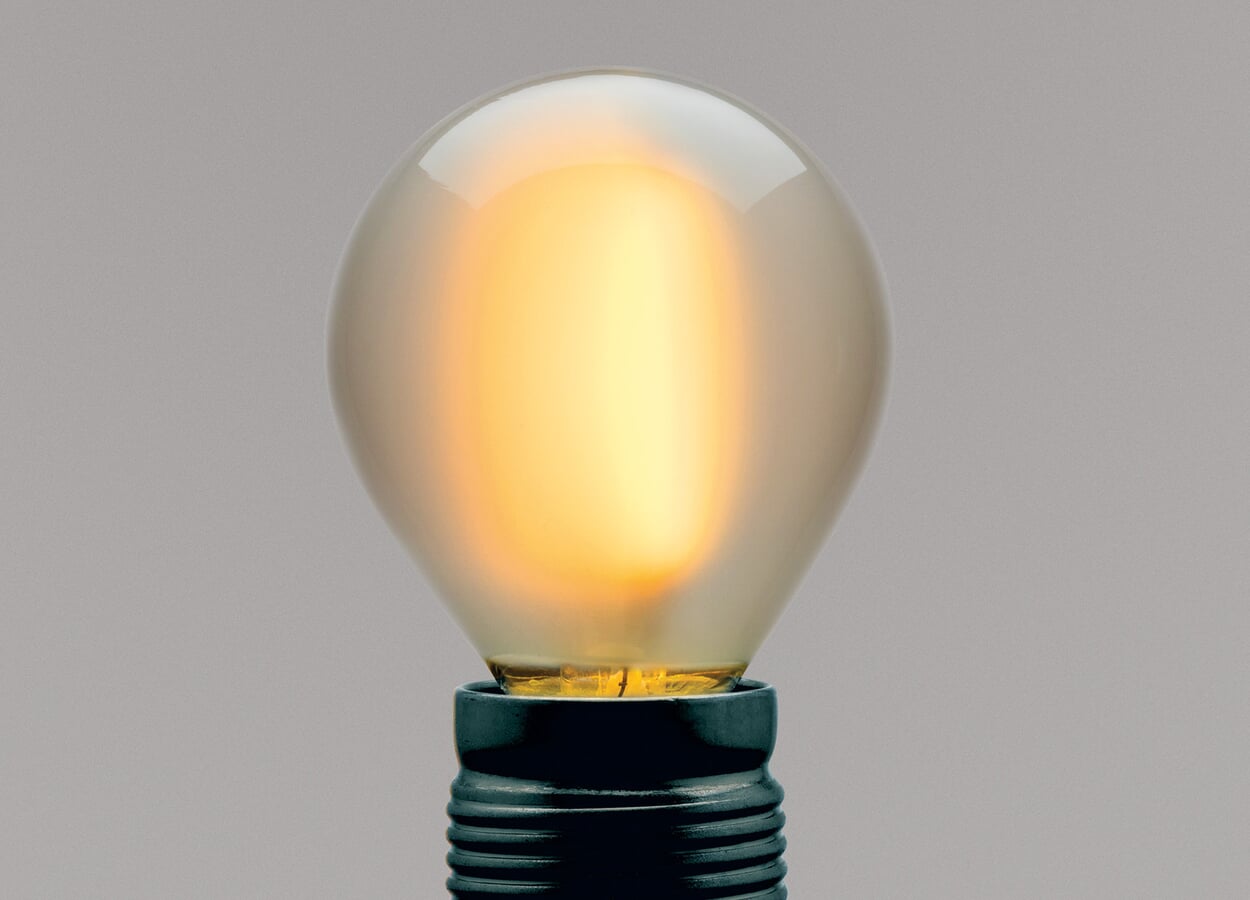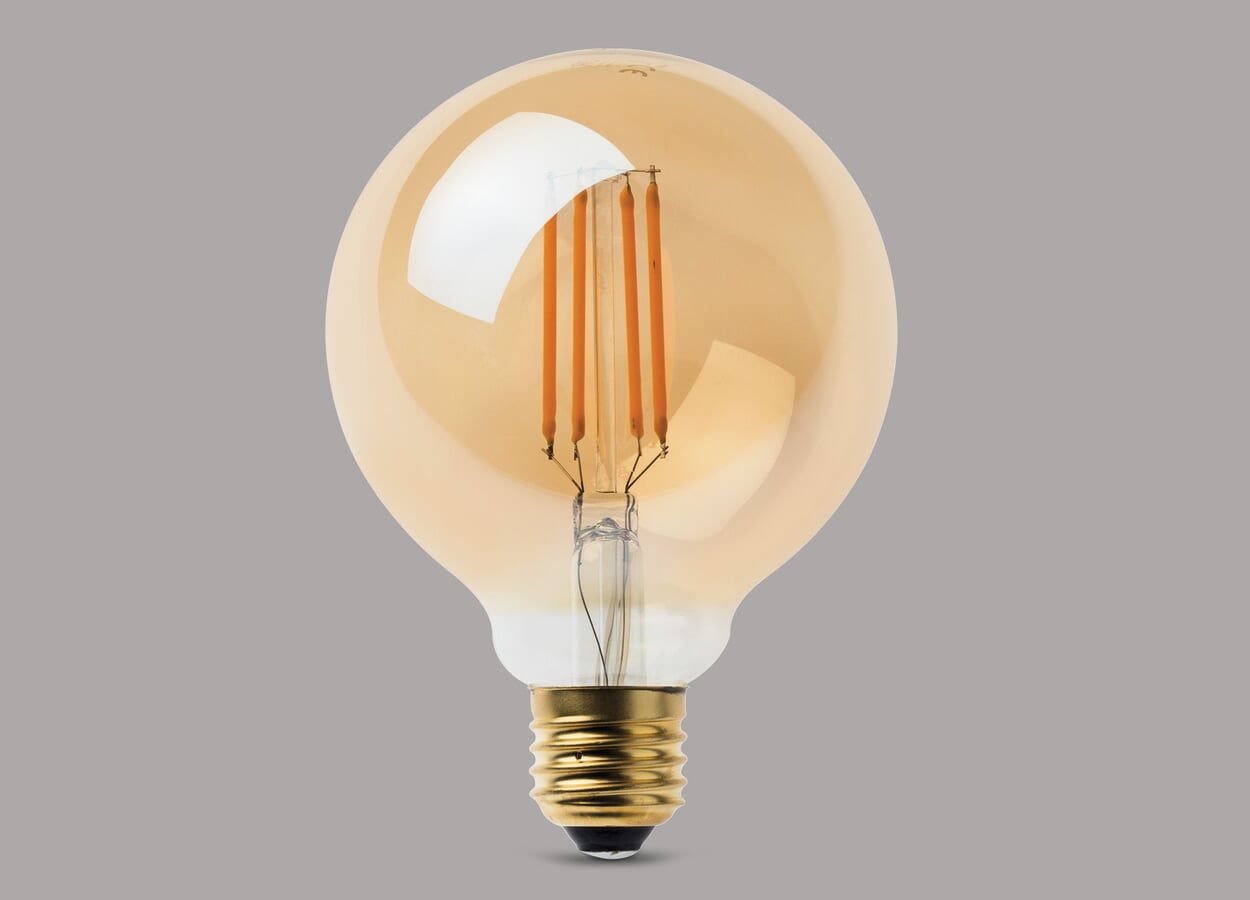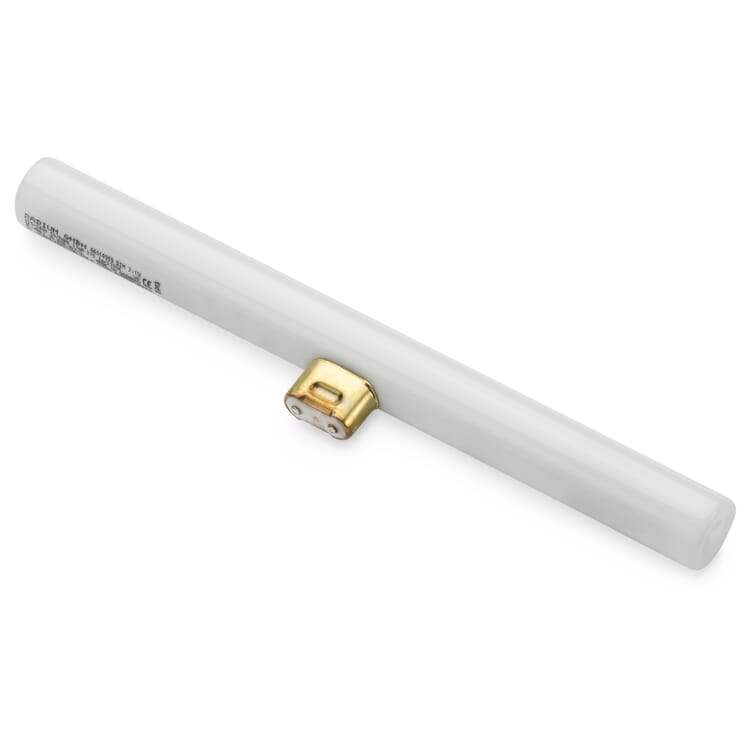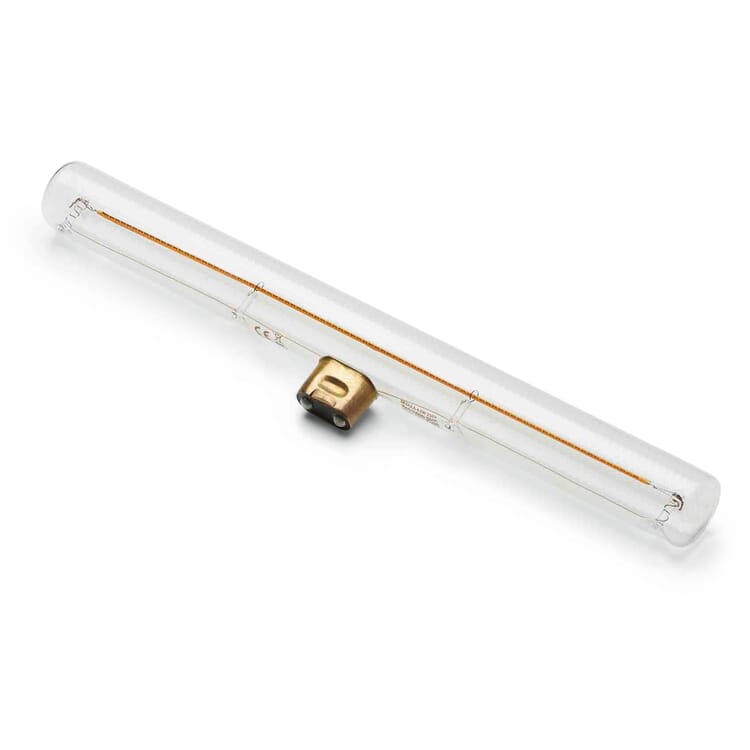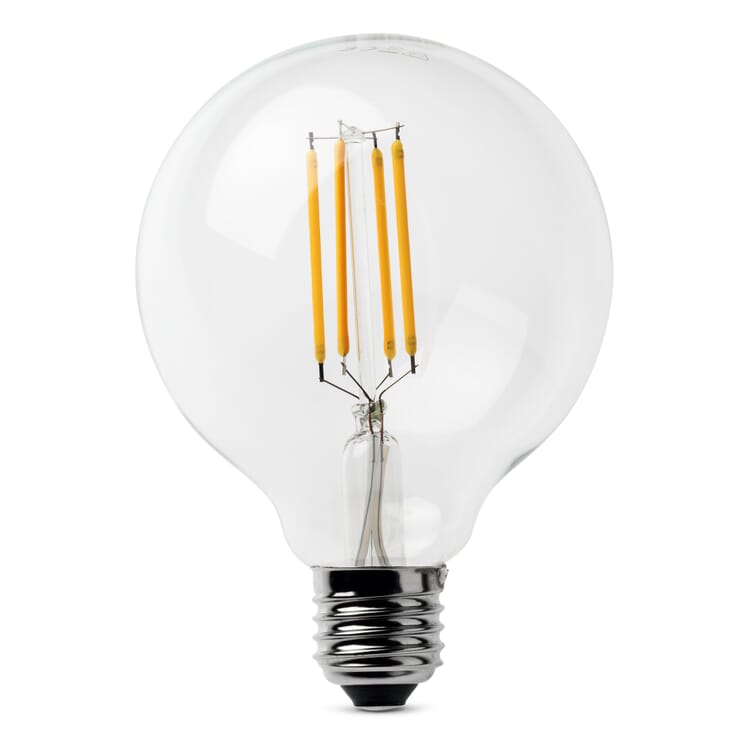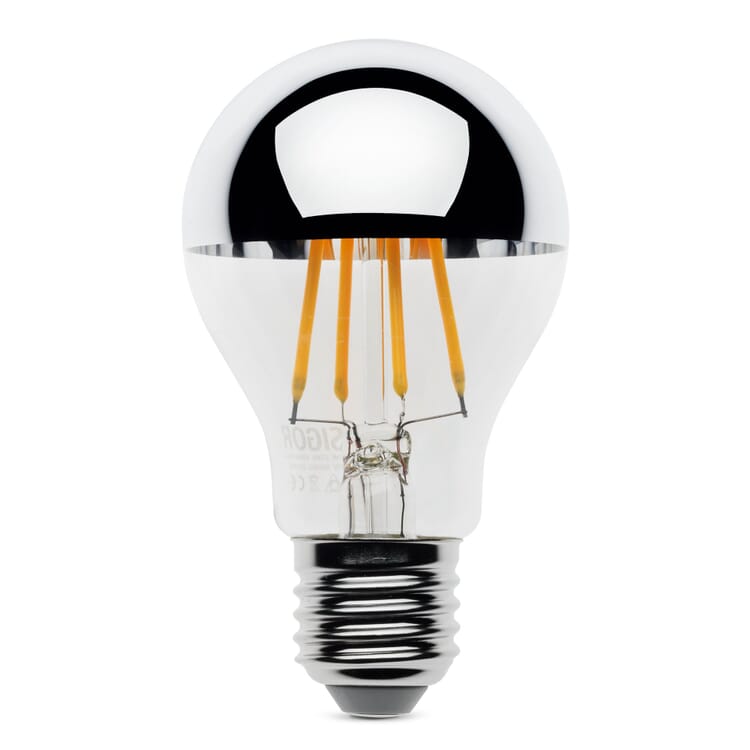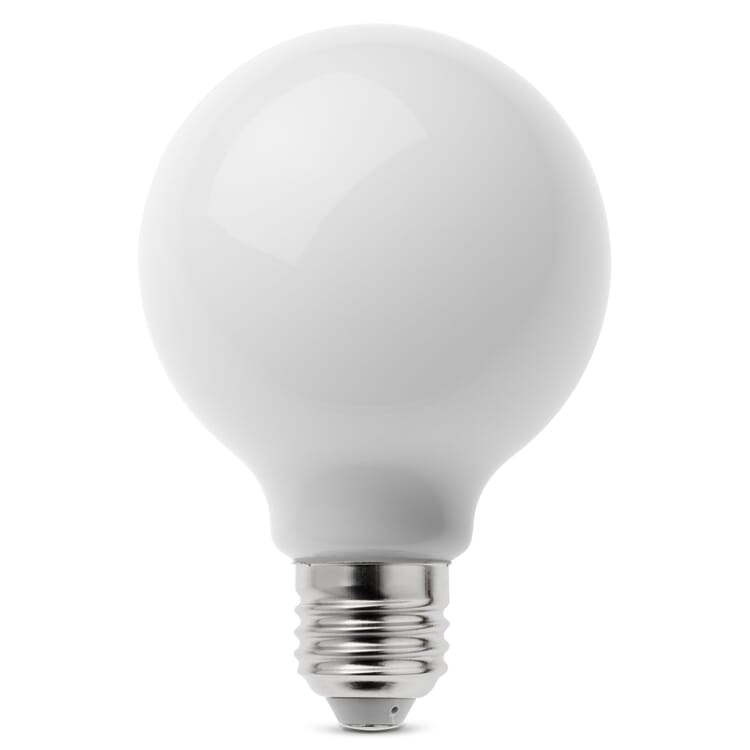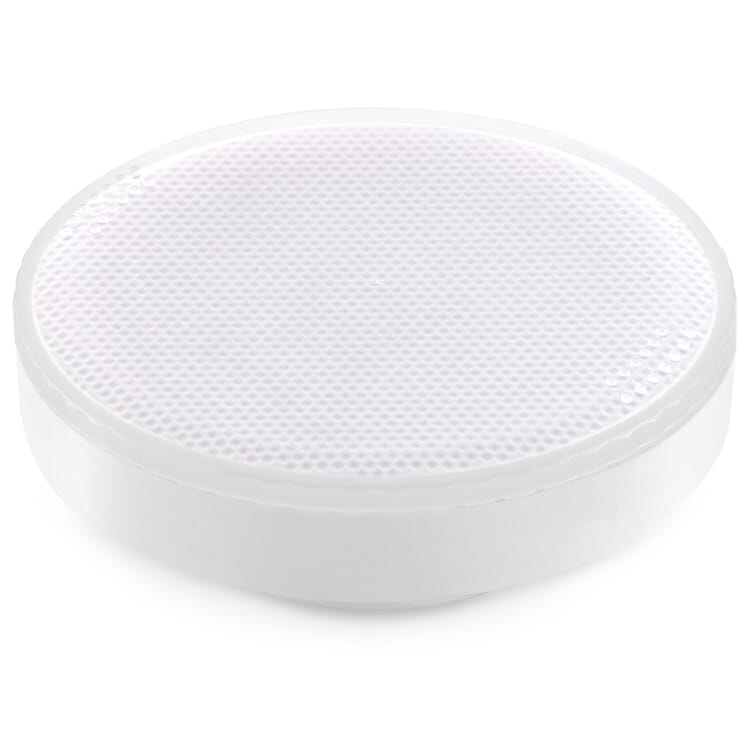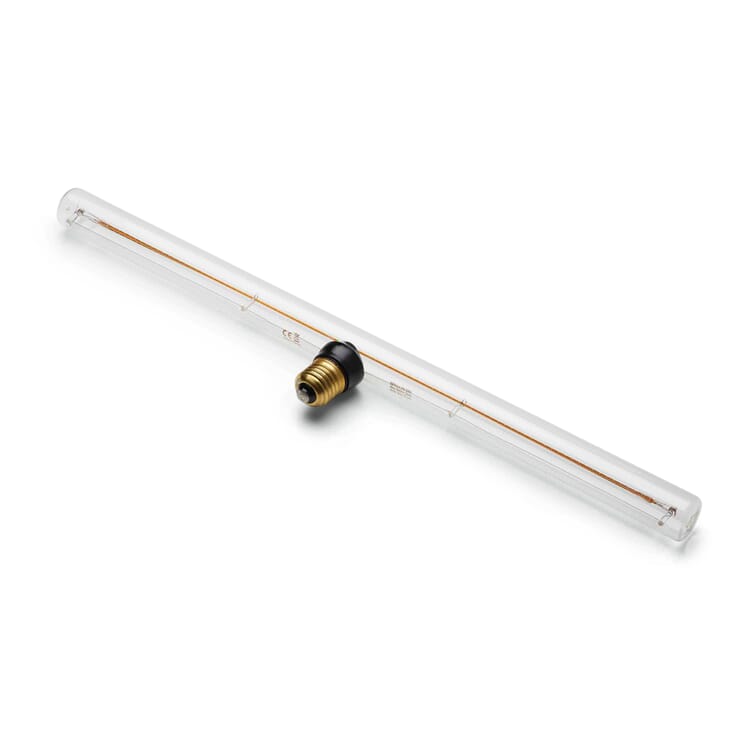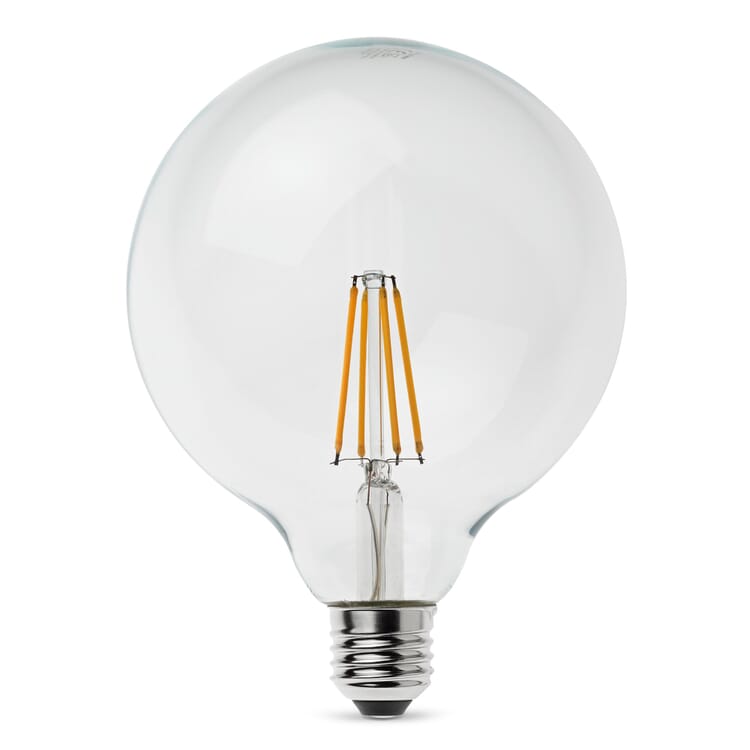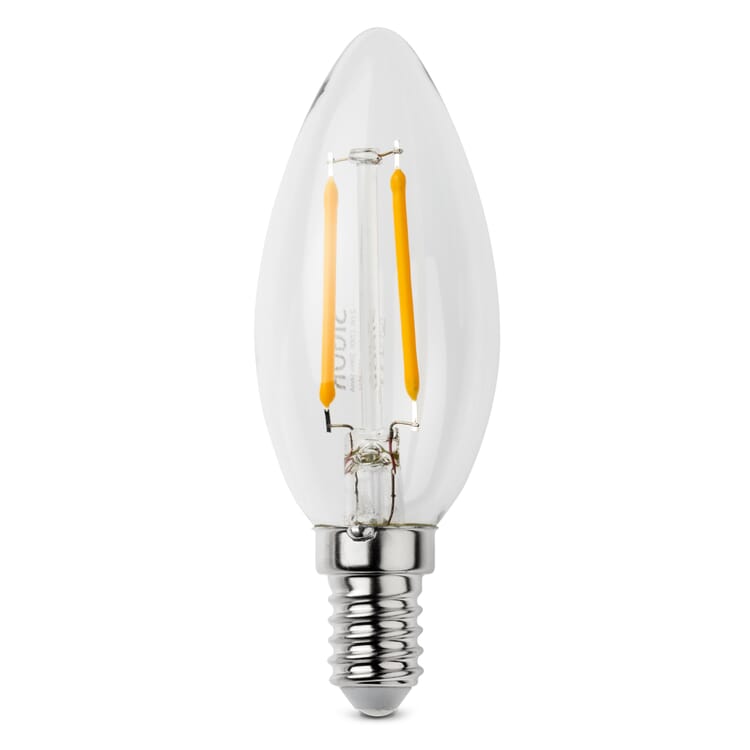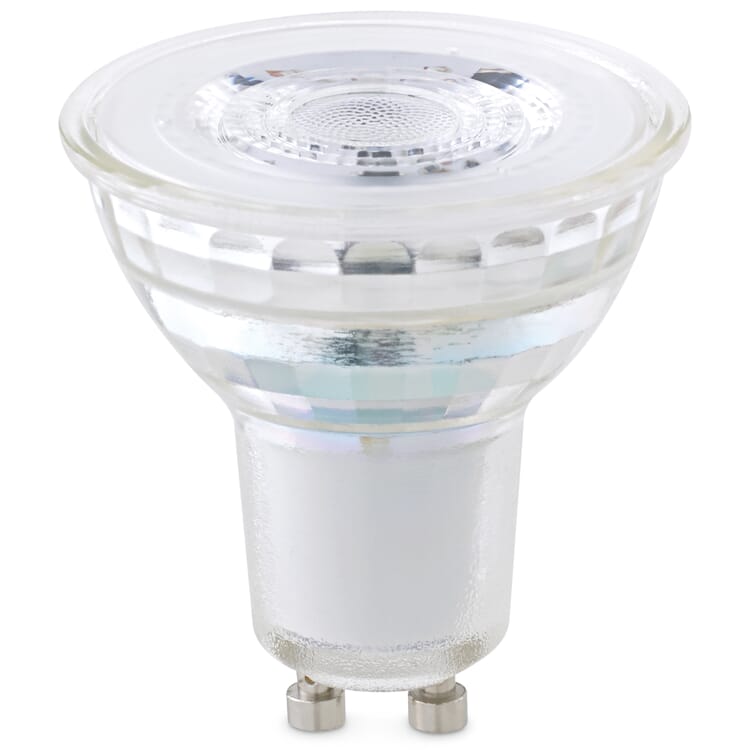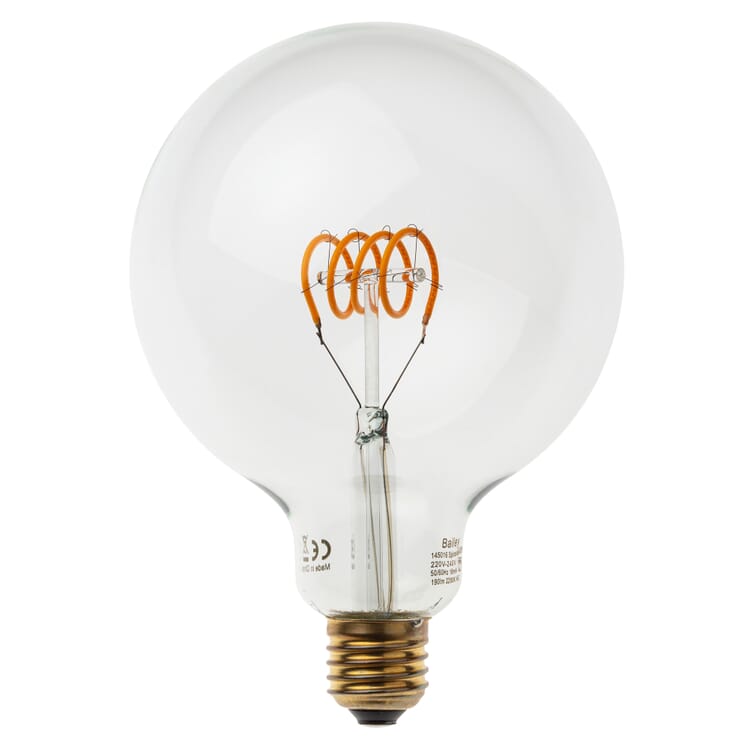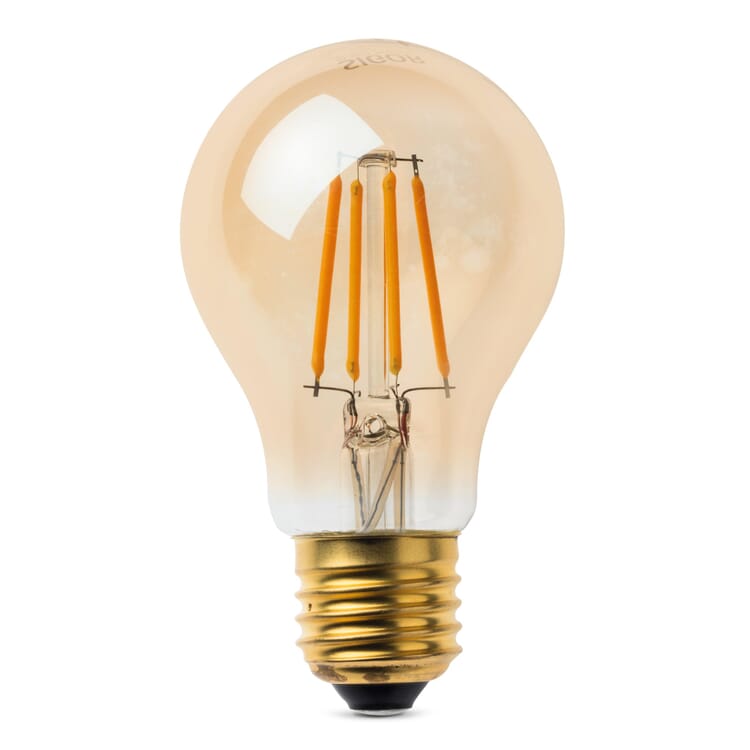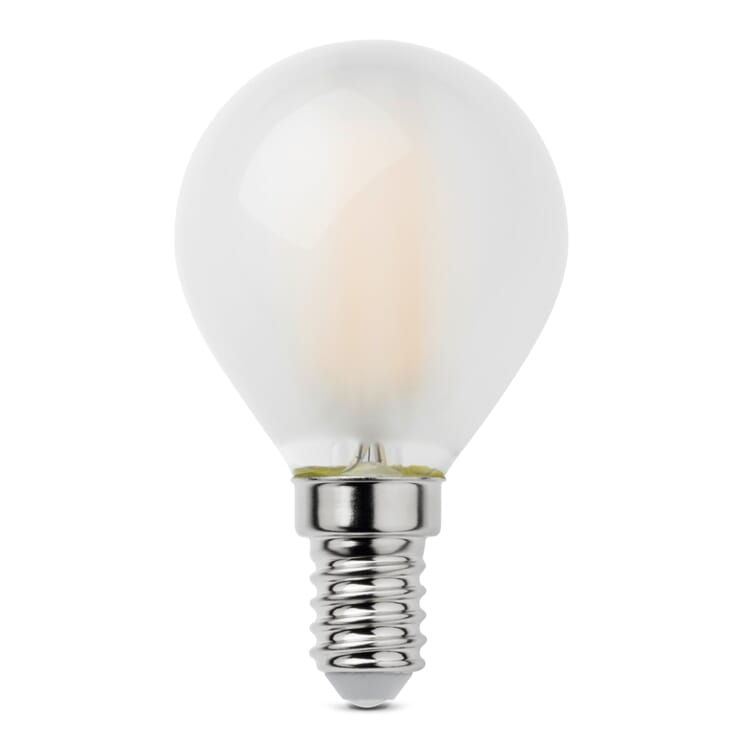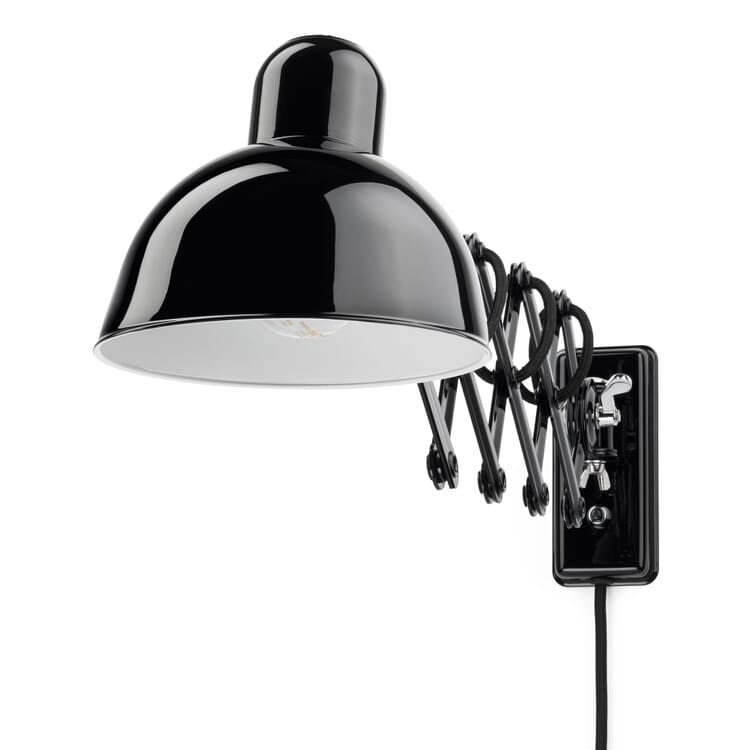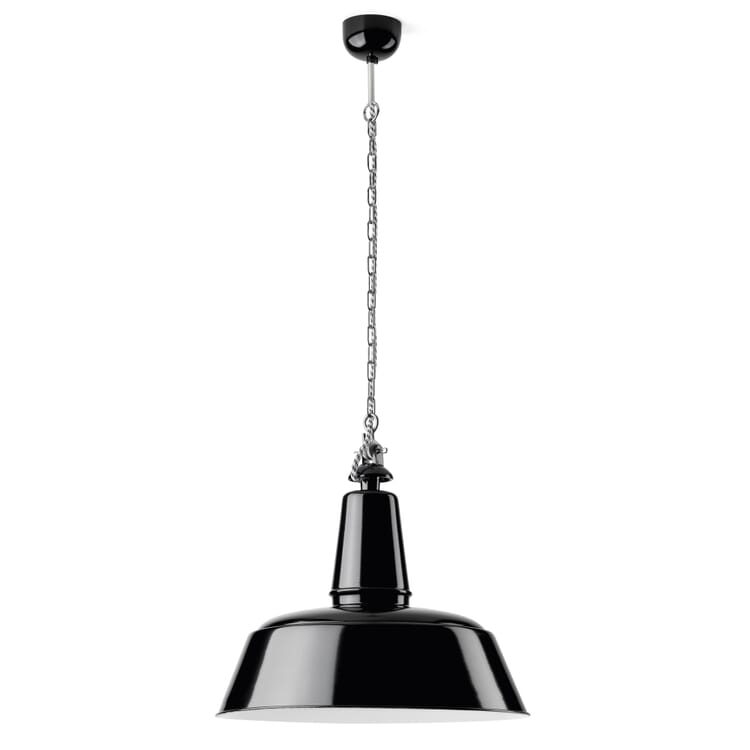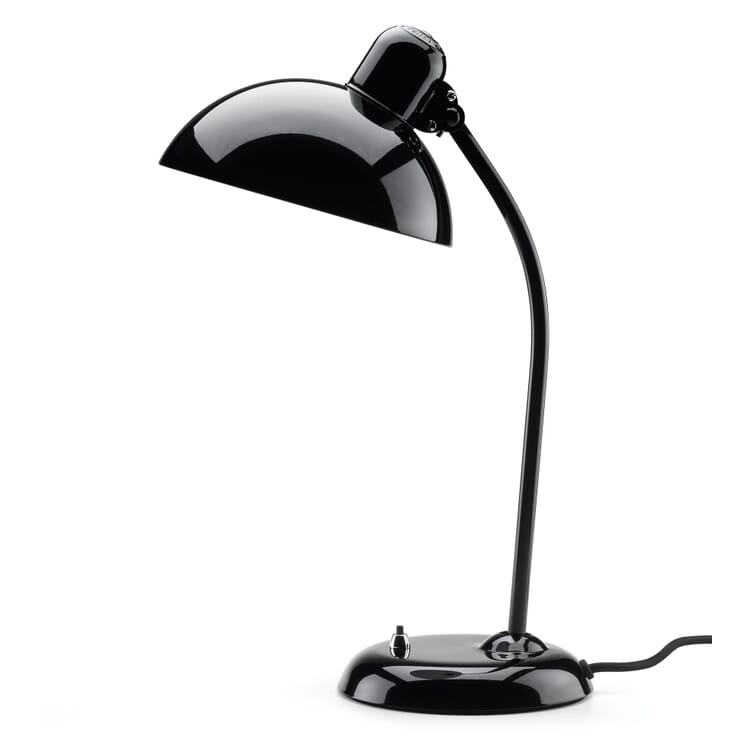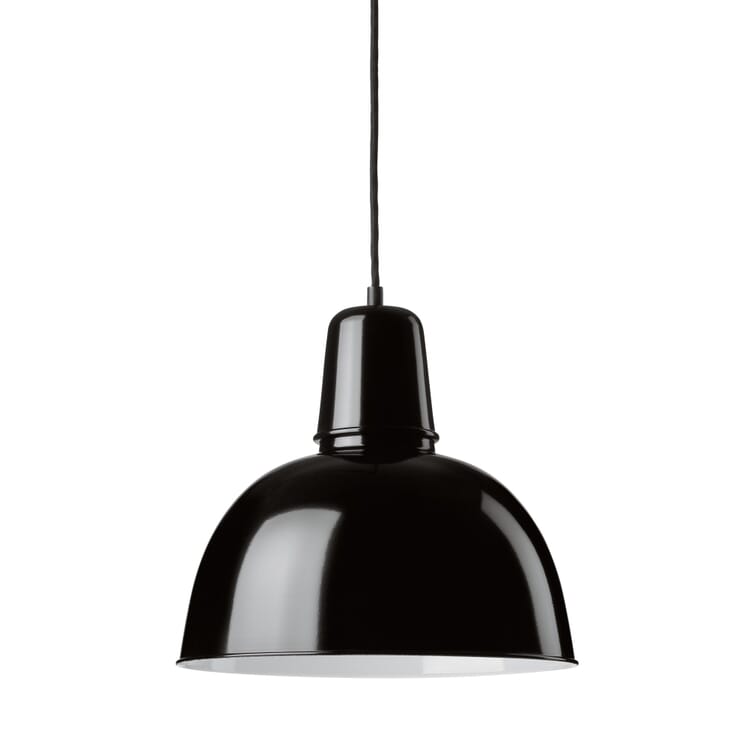The LED filament lamp
When the EU announced the end of the tried-and-tested household incandescent lamp in 2009 and promoted compact fluorescent lamps as the new savior, we waited calmly for the next evolutionary step, because even then you didn't have to be a prophet to recognize the further development of LED (light-emitting diode) technology as the actual path to the future.
After all, even the lighting industry, which until then had not exactly been shaken by technological upheavals, intensified its efforts to raise the performance and light quality of LEDs to a level that would make them suitable and therefore acceptable for room lighting. The focus increasingly shifted to so-called retrofit lamps, which can be used in place of conventional light sources in all luminaires with standard sockets (E 27, E 14, etc.). The core objective from then on was an affordable LED lamp with the luminous efficacy of a 60-watt filament lamp (i.e. around 800 lumens).
Pleasant light. A question of spectrum
The light of the filament lamp, like that of the sun, is generated by heat and shows a spectrum of light that is familiar to the human eye and perceived as harmonious (top). The light of the fluorescent lamp, on the other hand, shows a ragged spectrum with few peaks and hardly any red component, which contributes to the perception that the light is false, synthetic and the colors are not "right" (center). The light spectrum of the LED filament lamp (bottom), on the other hand, is much closer to the light of the filament lamp: it appears just as natural and coherent. This goal has now been achieved with the LED filament lamp, in a form that seems all too familiar. At first glance, it looks exactly like the classic incandescent bulb - like the first automobile of a carriage without horses. In this way, the LED filament lamps have the same beam angle as their filament predecessors.
The shape is therefore obvious, because the majority of luminaires in use were designed in terms of light control for illuminants of this very shape. However, the light itself is created in a completely different way. Instead of a filament, there is a glass carrier (the so-called substrate) inside the lamp, occupied by a large number of tiny chip-diode pairs and a fluorescent layer consisting essentially of phosphor, which provides the desired light properties. In this way, it comes close to the values of the classic incandescent bulb in terms of the essential photometric parameters:
- The luminous efficacy of the 6.5 W filament lamp is a good 800 lumens (lm), making it equal to its counterpart, the 60 W filament lamp - The light color measures 2,700 Kelvin (K) compared to 2,600-2,700 K for the filament lamp.
- The color rendering index (CRI) is over 80, while the filament lamp achieves values of up to 100. These aspects make the filament lamp a great success both formally and technically, and certainly a favorite for the true successor to the filament lamp.
When selecting the filament lamps we offer, we chose - in accordance with the stipulation we formulated at the time - those that 1) come as close as possible to the properties of the filament lamp, 2) are dimmable, and 3) are inexpensive. However, we have to pour two shots of water into the wine: In terms of dimmability, we have to make allowances; due to the low power consumption, this is only fully guaranteed in conjunction with newer dimmers or LED dimmers (a table of compatible dimmers can be found in the respective article).
And: The lamps are all produced in China, which is not surprising insofar as their development was in the hands of Taiwanese and Chinese companies and the essential patents are held there.

